How To Check if Someone Else is Using Your Gmail Account
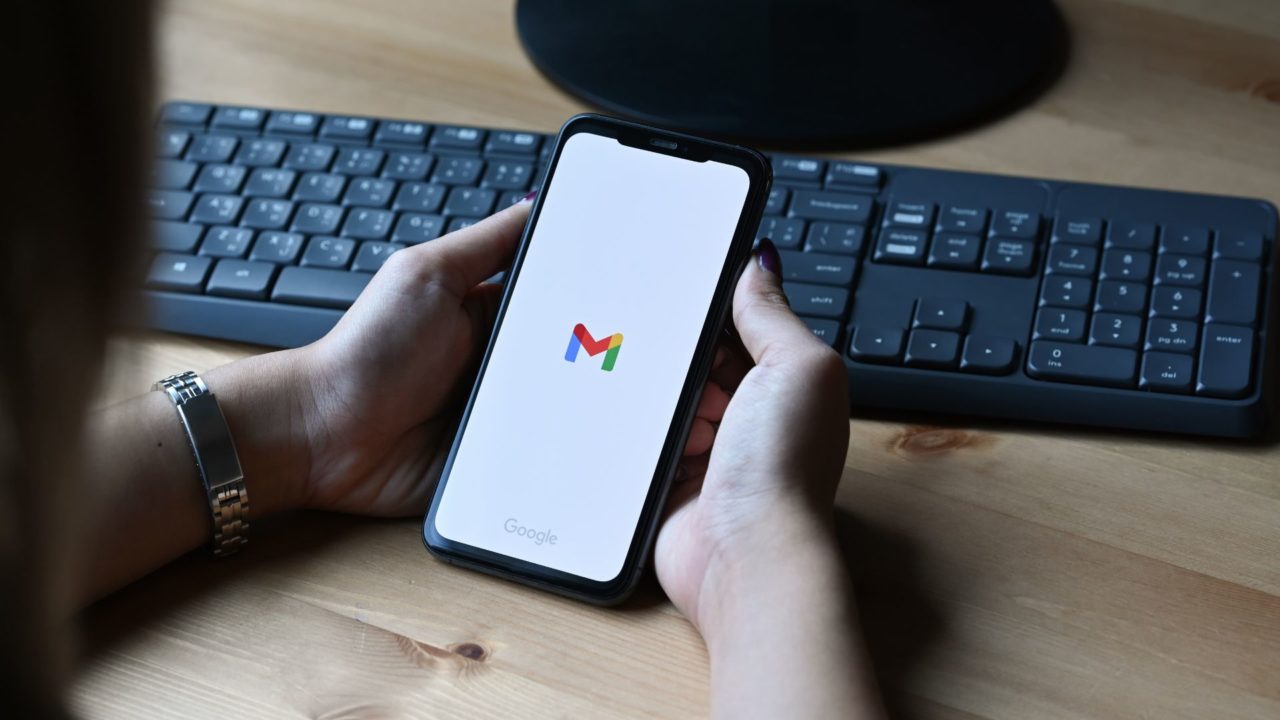
You often sign into a device using your Gmail account and forget to sign out. Or you share your account’s password with someone you trust but don’t change it later. These are just some of the many ways you compromise the safety of your Gmail account and let someone access it without you even knowing about it. This guide looks at various methods to identify if someone else is using your Gmail account.
How to Know if Someone Else Is Using Your Gmail Account
There are often signs that your Gmail account has been hacked. Emails you didn’t send, complaints from contacts that you sent them spam or malware, emails from organizations you never heard of confirming account creation, or something else entirely.
While indicative of something going on, they are far from definite. Fortunately, Google takes account safety and privacy very seriously and provides a tool to check your account’s activity.
1. Check Your Account’s Login Activity
- Open Gmail and log into your account.
- Scroll to the bottom of your Inbox page and find the Details link in the bottom right.

- A pop-up page will display information about the last activity on this mail account and any concurrent activity.

The page will display concurrent session information, including Access type (browser, mobile, POP3, IMAP, etc) and Location (IP address). It will also display Recent activity in a tabular format that shows Access type, IP address, and Date/time. Check through this to see if you notice anything suspicious.
If you don’t see the Details link at the bottom of your Gmail inbox, use the Recent Security Activity page.
2. Do a Security Check
If you’re not convinced you have complete control over your Gmail account, there are a few more things to look out for. This includes checking for changes to your Gmail account name, contact information, 2-factor authentication, and recovery email. Additionally, it’s important to check if any other accounts connected to your Gmail account have been compromised.
You can also search your Trash folder for any emails that might have been sent by hackers from your account.
3. Check for Unrecognized Devices
Lastly, visit your Account Security page and look for any Security Alerts. Navigate through your devices and remove any older ones you no longer use or those you don’t recognize. If there is any, click on it and choose to sign out of the device.
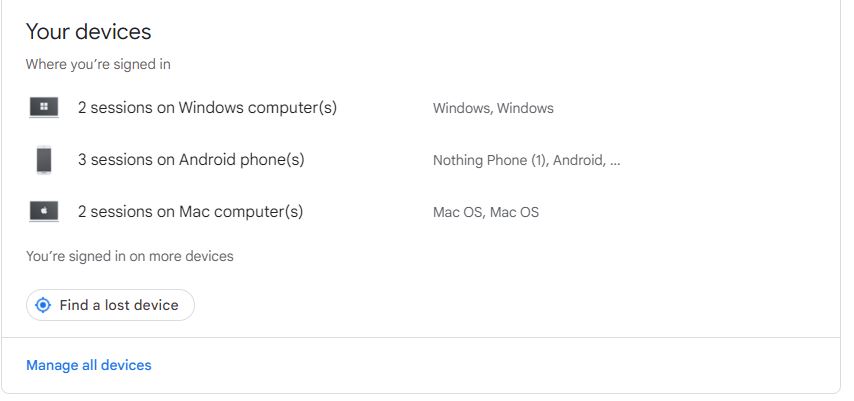
It may so happen that an old device that you had forgotten about may have been reaccessed, and you missed the notification. So, use a combination of date, device type, and other indicators to determine that the device is compromised.
What to Do if Your Gmail Has Been Hacked
If you find anything wrong with the Security check and someone else is using your Gmail account, you must act quickly. The longer you wait, the more spam or malware they could send and the more photos or files they may download from your Google Drive.
You can do some simple things to lock your Gmail account down.
1. Change your Gmail password
The first step is obviously to change your Gmail login password. This will prevent the hacker from being able to log back into your Gmail account to continue their nefarious work.
- Go to your Google account’s security page.
- Select Signing in to Google and select Password.

- Enter your current password.
- Select to change that password and enter a new one.
- Press the Change Password button to confirm the change.

Aside from your Gmail password, changing the passwords of any related accounts may be a good idea. For example, if you use your Gmail account to log in to your bank account, update that password as well.
2. Enable Two-Factor Authentication
Once you control your Gmail account, it’s time to increase security to prevent it from happening again. Gmail offers two-factor authentication (2FA), like many cloud services, for better protection and safety.
You must enter a password and receive an email or SMS code to verify. The email gets sent to a different address, or you could use your phone number.
- Log into the Google Security page.
- Click on Signing in to Google and select 2-Step Verification.

- Select Get Started and follow the wizard.

You can select an SMS or call, use a hardware security key, or enter your phone number. We suggest the SMS option. You can log into Gmail from anywhere, anytime, as long as you have your phone.
Ensure that you have a recovery email for any login alerts. If someone tries to reaccess your Gmail account, it should trigger a login email. It is a good idea to contact your local authorities if any of your banking or financial information has been compromised.
3. Run an Antivirus and Malware Scan
If someone does gain access to your Gmail account, you won’t necessarily know how they did it. They could have used brute force on the Gmail server or hacked your device. It’s too much of a risk not to check, so next, you should perform a full antivirus scan of all your devices.
Then, run a malware scan as a secondary measure.
4. Let Everyone Know
Now that your account is in your control again and further secured, it is a good time to let everyone know you lost control over your account. Tell them they can safely ignore and delete any suspicious-looking email sent from your account and that everything is fine now.
What to Do if You Can’t Sign-In to Your Gmail Account
If your account has been hacked, you may be unable to log in. Reach out to Google through the account recovery page to regain control of your account.
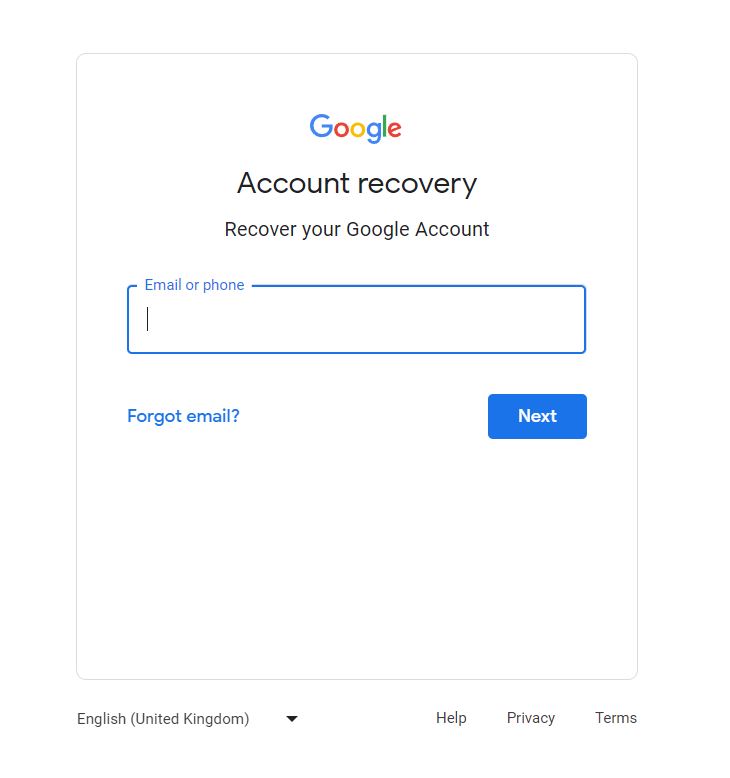
Once you’ve typed in your Gmail address (be sure it’s the right one for the account you’re trying to get back), it will ask you to enter the last password you remember. Follow the steps, including verifying the necessary information to regain access to your Gmail account.
You must add a recovery email and phone number when setting up your Gmail. Remember which month and year you set the account up is also a good idea. Google may ask when you initially set the account up as a security verification question.
Holes in Your Security You May Have Overlooked
Understanding what makes your Gmail account vulnerable is essential to improve its security. You may have 2FA, a password comprised of hieroglyphics, and the best antivirus software on the market, but it won’t do you any good if you’re unaware of other security risks.
Hackers can use various methods to access your account, including using a device that receives your 2FA codes, cloning your phone number, and accessing backup codes. The common theme among all these cases is that they can do so because you have not updated your account. It is important to regularly clear your backup codes and update your contact information to protect your account from these attacks, as hackers rely on outdated account information.
Now You Know!
If your Gmail account contains essential emails, you should use two-factor authentication and other security measures to ensure no one else can access it. Remember that your Gmail account also acts as a gateway to Google services, so you should not compromise its security.
With your Gmail account’s security sorted, check out how to send an email with a previous date.
FAQs
A: Even if hackers cannot access your email account, they can send spoofed messages using an outbound mail server and mailing software.
A: You can’t log out from all devices simultaneously, but you can click on each and select “Sign out.” So, if you are in doubt that someone else has logged into your account and that device is not yours, sign out from it.


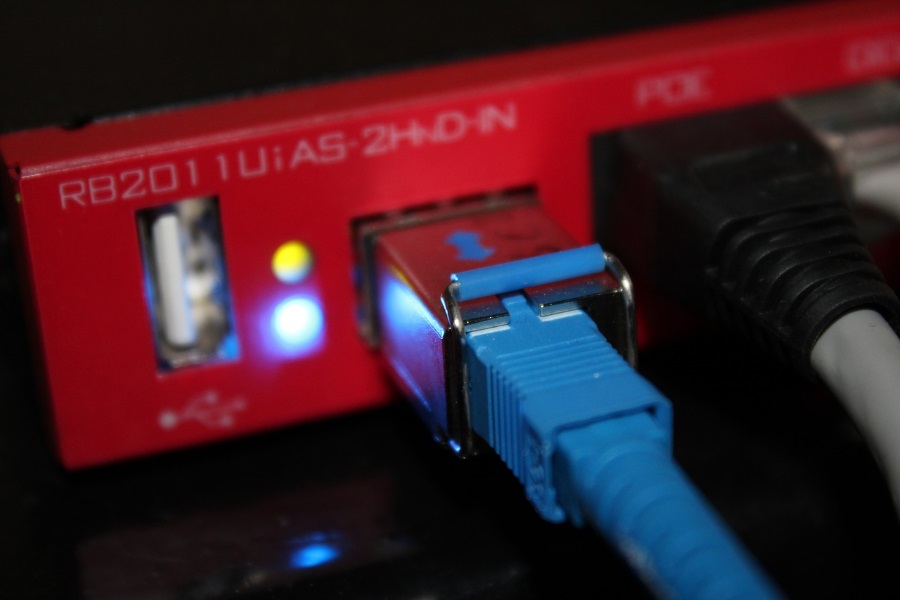
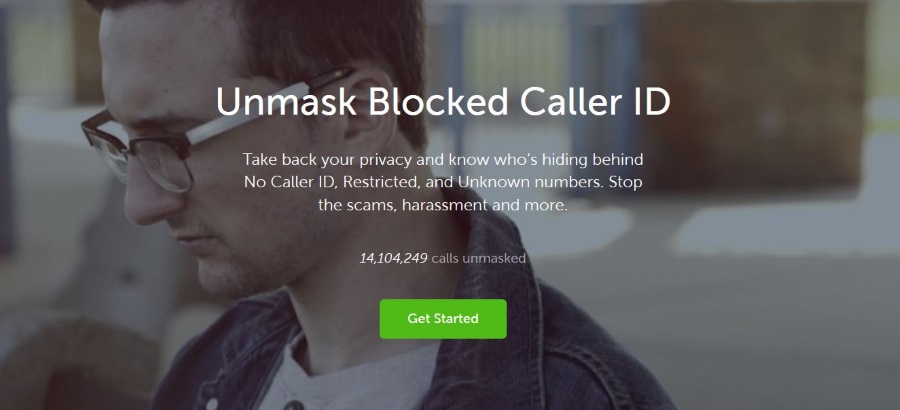
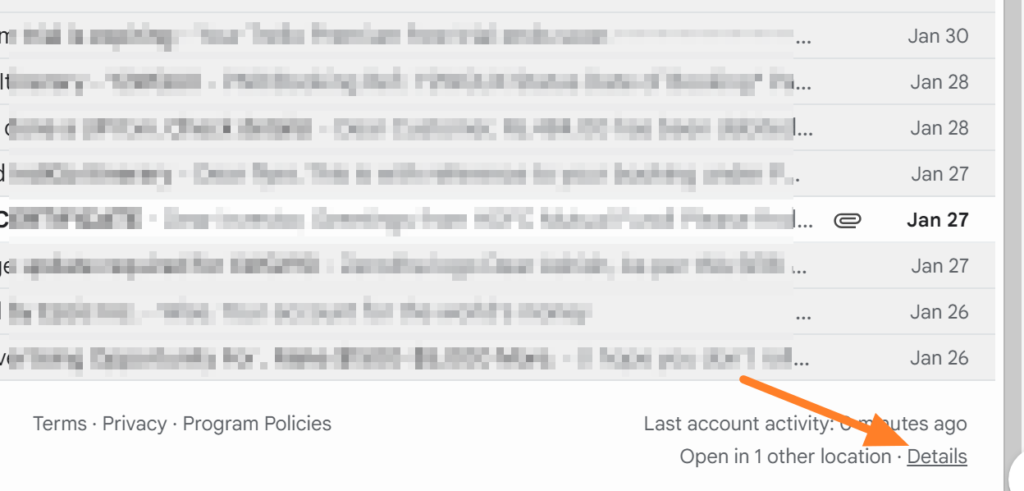
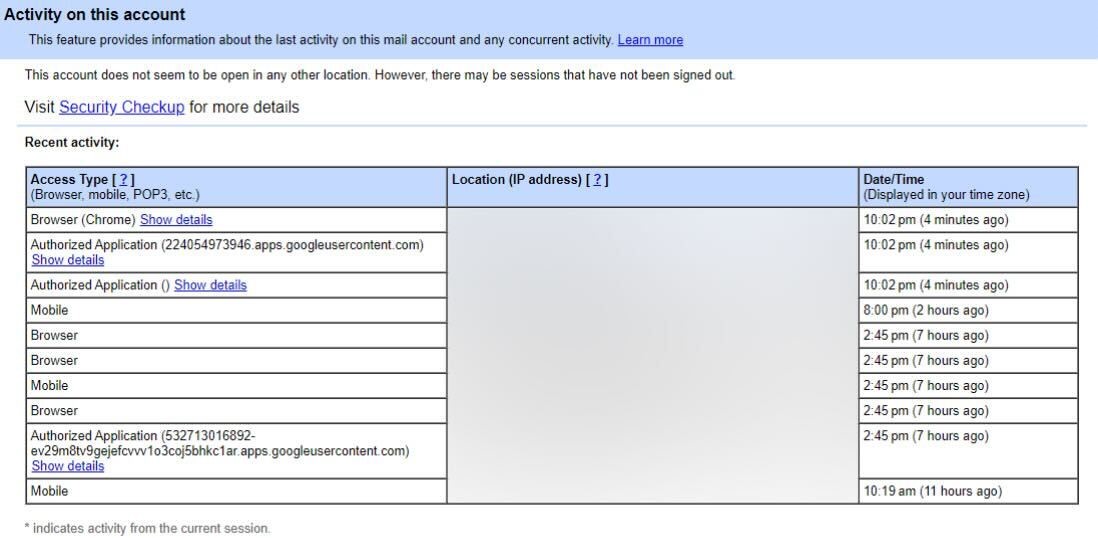

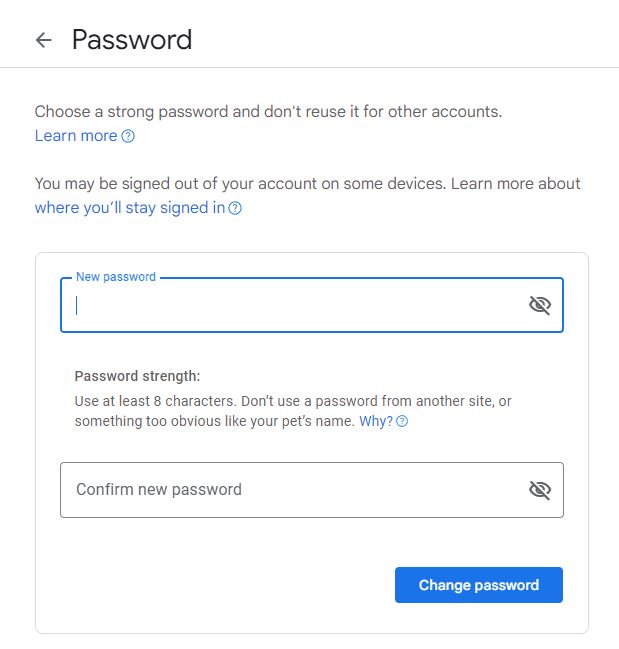
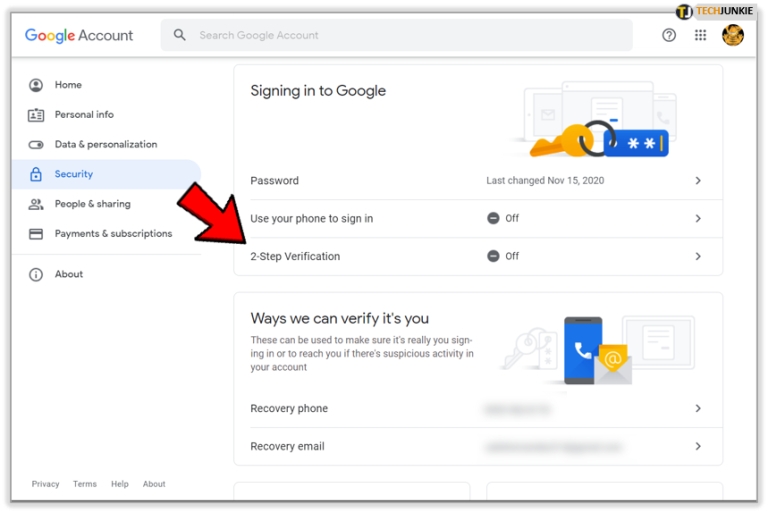
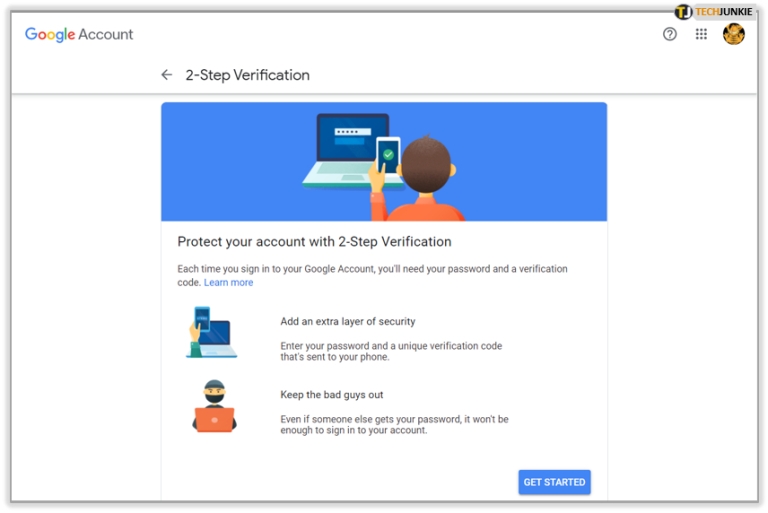


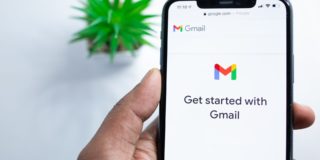







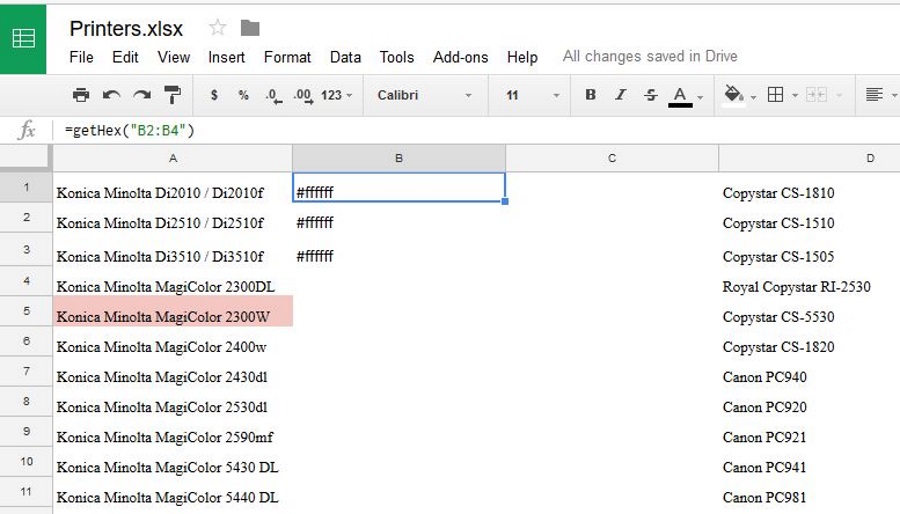
16 thoughts on “How To Check if Someone Else is Using Your Gmail Account”
Below is his contact information
EMAIL VIA: Cleanspytech @ gmail .com
ADDRESS :1525 Newton St NW
Washington DC 20010
Below is the contact information
EMAIL VIA: Cleanspytech @ gmail .com
ADDRESS :1525 Newton St NW
Washington DC 20010
Hiring the professional service of cleanspytech was actually the best choice, she remotely got me access to my partner’s Iphone from a long distance without knowing. I can now access his phone anytime and anywhere, this really gives me rest of mind.
Below is the contact information
EMAIL VIA: Cleanspytech @ gmail .com
ADDRESS :1525 Newton St NW
Washington DC 20010
Contact Wizard Asset Recovery:
Email: Wizardassetrecovery[@]gmxus
Below is his contact information
: MARIECONSULTANCYOZ@.
INSTAGRAM:MARIE_CONSULTANCY
WWW. HACKMART.ORG
My complaint is that Google only shows “recent activity” and that is limited. Nowhere could I find login activity that was useful. My husband doesn’t even use an antivirus and stay logged in. But never gets hacked because he’s a computer genius and knows to be secure. He tells me that Google security is easier to break than is realized. ANd in no way should ANYONE use Google to secure Google. Always use third party tools to do full localized backups. I shouldve known better than to trust Google.